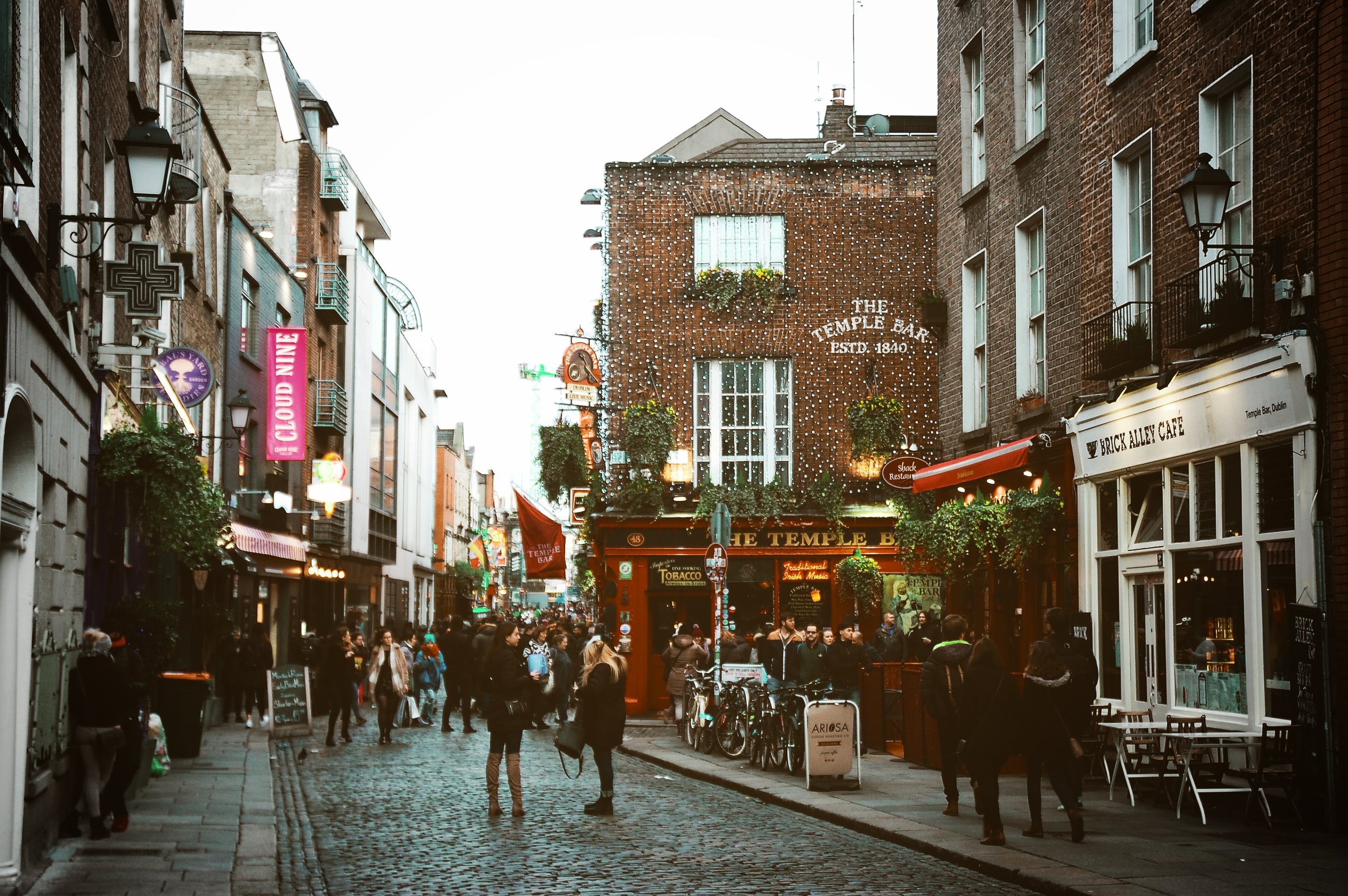Best Holiday Destinations For Disabled Travellers
Josh okungbaiye
These days there is more awareness about the mental and physical disabilities. These people are visible, important and a part of society. This awareness has made more people to be understanding and want to be more accommodating. Some countries and cities have also taken it a step further by designing their cities and tourist packages to cater to the disabled, so they can equally have a positive experience of their vacation. Other countries and cities are slowly becoming aware and making changes to accommodate.
We cannot deny the fact that a lot more work still needs to be done in order to make the travelling experience better and enjoyable for disabled travellers. For those of you who may be disabled or have friends, family and colleagues that may be disabled. We created a list of the top travel destinations that provide suitable facilities. Enjoy!
The top friendly destinations that have great access for the disabled list as follows:
1. Berlin, Germany
Berlin, the capital of Germany, commits to provide better opportunities for the disabled. The city is barrier-free. That means the city is easily accessible to those who use wheelchairs.
The city provides mobility opportunities to blind and partially sight people as well as the deaf and hard of hearing equally. Berlin has a new accessible building and public transport for the disabled. The city also received the European Commission Access City Award. The hotels, tourist’s places and other events are in access of disabled too. Please be aware that some of the main attractions are not wheelchair friendly.
In terms of flying to Berlin. Please note that wheelchair access is available at Tegel airport or Shönefeld Airport. Alternatively you can take the train to the Berlin Hauptbahnhof (which is has wheelchair access).
2. National Parks of the United States
National Park services decided to build the Accessibility Task Force in 2012. The plan was developed for five years to increase accessibility throughout the parks.
Moreover, National Park Services provides lifetime free pass to permanent residents with permanent disabilities. Therefore, with pass disabled can get free entrance to 2000 recreation sites as well as a discount on the amenity fees.
The top accessible parks in the list are Congaree National Park and the Rocky Mountain National Park.
3. Sydney, Australia
Sydney is the topmost disabled-friendly destination. It provides public transportation facilities to the disabled. More than 2000 tactile and Braille Street signs and accessibility map are available for disabled. The map gives information related to searching for accessible restrooms and mobility parking spaces.
The map warns the disabled in case of any barriers and stair inclines. Sydney is working on even more opportunities for the disabled. which is amazing!
4. Disney World
Disney world is included in top destinations that have great access for the disabled. The park provides a wheelchair, audio descriptions, captioning, and assistive listening rental.
Disney World provides a guide for disabled Guests and offers a Disability Access Service (DAS). The services offer comparable return time for disabled who cannot wait in conventional lines.
5. Dublin Ireland
Dublin provides digital information to search for the disabled-friendly places in the city.
The website Mobility MOJO provides current information. The information includes pubs, parks, restaurants, transportation, and other attraction in Dublin and beyond.
Dublin is trying to redesign its old historic buildings so it can make it more accessible for the disabled. However, the city has several accommodations for the disabled. Please note, that there are a lot of cobbled stones and little hills in the city, so you may need assistance or a private tour guide to make the trip more accessible. Overall, the main tourist attractions have very good accessibility.
6. Hanauma Bay, Hawaii
Hanauma Bay provides fabulous facilities for the disabled. The disabled can relax on the beach on wheelchairs free of cost.
The other facilities like transport buses and tram to are accessible. The special screen in movie theatres is also accessible.
The other accessible destinations for disabled are listed as Pattaya Thailand, LEGOLAND, Loutraki Greece, Sicily Italy, and South Africa, Seattle WA U.S of America.
If you know any more destinations, feel free to leave a comment and share them with us. :-)










